 SYMPTOMS OF
SYMPTOMS OF  SYMPTOMS OF WORN SHOCKS revisited 2025
SYMPTOMS OF WORN SHOCKS revisited 2025 Of course,
the very old types of dampening, Armstrong lever arms, can be
refurbished and maintained to their original somewhat vintage feel. But
standard dampers (at the left) we all use in front and 90% of us at
the rear as well, should run away from such people. Some gas charged
shocks (ofteen the more expensive choice) will never leak. That does
not mean they are still worth having on your car. Of course,
the very old types of dampening, Armstrong lever arms, can be
refurbished and maintained to their original somewhat vintage feel. But
standard dampers (at the left) we all use in front and 90% of us at
the rear as well, should run away from such people. Some gas charged
shocks (ofteen the more expensive choice) will never leak. That does
not mean they are still worth having on your car. |
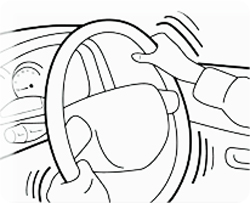
Poor steering response, stiffness or noise when steering |
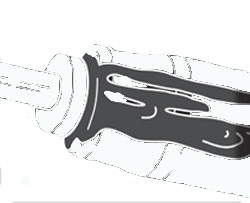 Fluid leaks from shock or strut body |
 Dented or damaged shock or strut bodies |
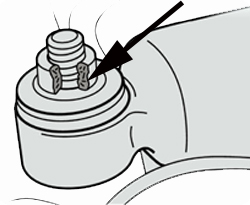
Broken, damaged,
corroded or worn mounts or bushings |

Excessive "nose dive" or instability when braking |
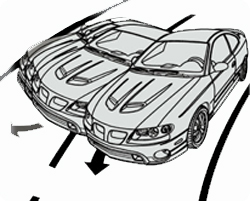
Vehicle sways or leans on turns or when lane changing |
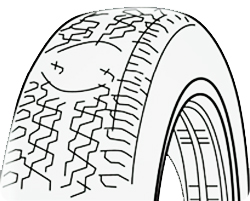 Cupped, uneven tire wear |
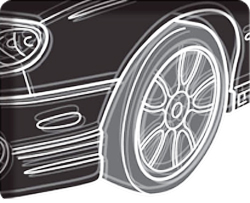 Excessive vehicle bounce after hitting a road bump |
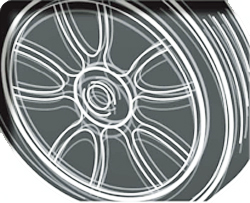 Harsh, bumpy or shaky vehicle ride |